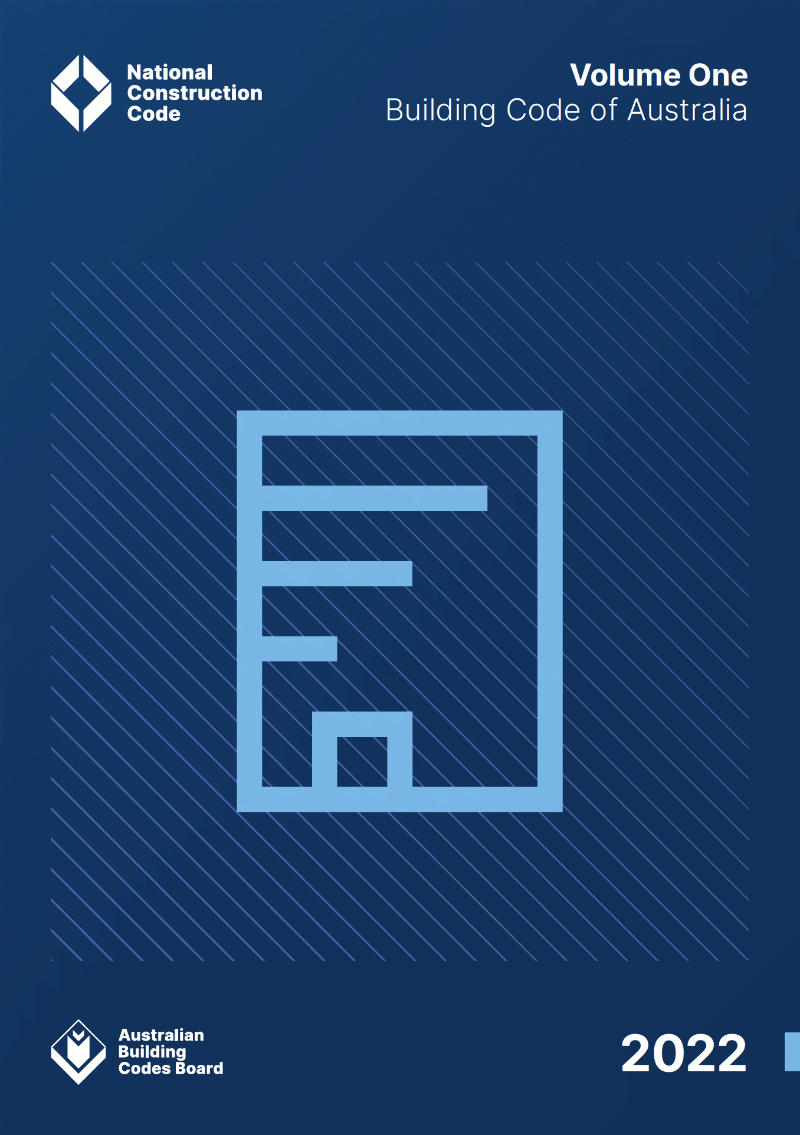As Australia moves towards a greener future, energy efficiency and sustainability have become integral aspects of the building design process. For developers, architects, and builders, adhering to the National Construction Code (NCC) is essential—not only for compliance but also for creating environmentally responsible buildings. One critical aspect of this compliance is the Section J Report, which evaluates the energy efficiency of a building’s design.
In this blog, we’ll explore what a Section J Report entails, its importance, and how it can benefit your projects.
What is a Section J Report?
Section J of the NCC Volume One outlines the energy efficiency requirements for Class 2 to Class 9 buildings, which include commercial, industrial, and multi-residential developments like apartments. If you plan to construct a new building or undertake a significant extension in these classes, demonstrating compliance with Section J energy efficiency standards is essential. A Section J Report serves as the key documentation to confirm that your design meets these requirements.
This report is mandatory for building permit applications and is required by councils across all Australian states and territories. By adhering to the NCC’s energy efficiency provisions, your project ensures regulatory compliance and aligns with sustainability goals.
The report evaluates critical areas of building performance, including:
• Thermal insulation of walls, roofs, and floors.
• Glazing performance (windows and shading).
• Building sealing to minimize air leakage.
• Lighting systems for energy efficiency.
• HVAC systems (heating, ventilation, and air conditioning).
• Service hot water and energy usage.
Deemed-to-Satisfy (DtS) vs. Performance Solutions
When preparing a Section J Report, compliance can be achieved through one of two pathways: a Deemed-to-Satisfy (DtS) Solution or a Performance Solution, often referred to as a JV3 Assessment.
Deemed-to-Satisfy (DtS) Solution
The DtS solution is a prescriptive approach that follows specific requirements set out in the NCC. It involves adhering to predefined standards and specifications for building elements such as insulation, glazing, and lighting. This method is often straightforward and cost-effective, making it a popular choice for projects with standard designs and simpler compliance needs.
Key features of a DtS solution:
• Follows strict NCC guidelines and specifications.
• Requires no advanced modeling or simulations.
• Ideal for projects where all elements meet the minimum standards.
Performance Solution (JV3 Assessment)
The Performance Solution, commonly known as a JV3 Assessment, provides a more flexible approach to compliance. It allows for innovative and customized building designs, provided the proposed building demonstrates equivalent or superior energy efficiency compared to a reference building that meets DtS provisions. This approach often involves advanced energy modeling and simulations.
Key features of a Performance Solution (JV3):
• Compares the energy performance of the proposed design against a reference building using energy simulation software.
• Accommodates unique or non-standard design elements that may not fit within DtS criteria.
• Ideal for complex projects or those aiming to exceed minimum energy efficiency requirements.
At Eco Advisors, we offer expertise in both DtS and Performance Solution pathways, including JV3 Assessments, to help you determine the most suitable option for your project.
Why is a Section J Report Important?
1. Legal Compliance:
Section J compliance is mandatory for building approvals in Australia. Without a Section J Report, your project may face delays or penalties.
2. Energy Efficiency:
Ensuring compliance means creating buildings that are designed to consume less energy, reducing operational costs and environmental impact.
3. Sustainability Goals:
A Section J Report supports broader sustainability objectives, helping projects align with energy targets and environmentally conscious practices.
4. Long-Term Value:
Energy efficient buildings are more attractive to tenants and investors due to reduced energy bills and a lower carbon footprint.
What Does the Section J Reporting Process Involve?
A Section J Report is typically prepared during the design phase of a building project to ensure all elements meet NCC standards. The process includes:
1. Design Review:
Detailed evaluation of architectural plans, including materials, glazing, and insulation specifications.
2. Energy Modelling (if required):
Advanced simulations may be used to assess energy performance, especially for complex designs.
3. Detailed Assessment:
Checking compliance across all Section J elements, such as thermal performance, thermal performance, glazing, insulation, and building sealing.
4. Recommendations:
If a design doesn’t meet Section J requirements, specific modifications will be recommended to bring it into compliance.
5. Certification:
Once the report is complete, it can be submitted to regulatory bodies as part of the building approval process.
Who Needs a Section J Report?
• Architects: To ensure their designs align with NCC requirements.
• Builders: To streamline project approvals and avoid costly delays.
• Developers: To meet compliance obligations while maximizing energy efficiency.
How Eco Advisors Can Help
At Eco Advisors, we specialize in preparing accurate and comprehensive Section J Reports tailored to your project’s needs. With our expertise in energy efficiency and sustainable design, we:
• Provide thorough assessments of your building designs.
• Identify opportunities for energy savings and compliance.
• Deliver actionable recommendations to streamline approvals.
Whether you’re planning a new commercial development or refining a complex design, we’re here to support you in achieving compliance and creating sustainable buildings.
Ready to Get Started?
Don’t let compliance challenges delay your project. Contact us today to learn more about how our Section J Reporting Services, including JV3 Assessments, can help your building achieve NCC compliance efficiently and effectively.
